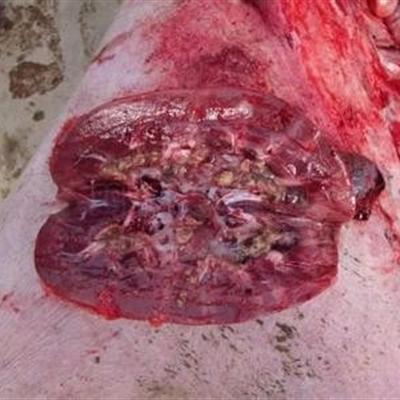Carcinoma of renal pelvis cauliflower
summary
Renal pelvic carcinoma is a kind of tumor that occurs in the epithelium of renal pelvis or calyces, accounting for about 10% of all renal tumors. Most of the cases are transitional cell carcinoma, a few are squamous cell carcinoma and adenocarcinoma. The latter two account for about 15% of renal pelvis carcinoma. Their malignant degree is much higher than that of transitional cell carcinoma. Now let me tell you about the cauliflower like knowledge of renal pelvis cancer.
Carcinoma of renal pelvis cauliflower
First, renal pelvic carcinoma originates from the urothelial transitional epithelium of the renal pelvis, which is usually a cauliflower like mass protruding into the renal pelvis. Pathologically, the majority of renal pelvic carcinoma is transitional cell carcinoma, and the majority of cancer cells metastasize through lymph nodes.

Second, the range of renal tumors is very wide. Although renal pelvis cancer and renal carcinoma belong to the same kind of renal malignant tumor, they are not the same disease. In renal malignancies, renal cell carcinoma (also known as nephrocytoma, renal adenocarcinoma, adrenal like tumor, etc.) accounts for about 85%, while renal pelvic carcinoma only accounts for about 7%.

Third, the clinical findings of TCC can appear successively or simultaneously in any part of the urinary tract covered with transitional epithelium. Therefore, the diagnosis and treatment of TCC should be regarded as a whole, and a local TCC should not be treated in isolation. Most of the patients were over 40 years old, and the ratio of male to female was about 3:1. There was no significant difference between the left and right sides of the disease. About 2-4% of the patients had both sides of the disease at the same time.

matters needing attention
Pay attention to the age of onset and whether there are the following clinical manifestations: ① early onset of ocular hematuria, renal colic and hydronephrosis. ② Intravenous urography: irregular filling defect of renal pelvis, hydronephrosis of renal calyces and renal pelvis, ureteral implanted carcinoma were shown. Renal arteriography was performed when necessary to help diagnosis. ③ Cystoscopy: bleeding from ureteral orifice, or implanted carcinoma. ④ (5) B-ultrasound and CT examination.















